Hydra class Frigate (1989)
MEKO 200NH: F-452 Hydra, F-453 Spetsai, F-454 Psara, F-455 Salamis (Ordered 1989, 1992-today) Hydra (F 452), Meko 200 Mk.3 The…
L’Adroit class Destroyers (1926)
French Navy – Standard 1500t destroyers, 14 built 1925-1931, in service until 1952: L’Adroit, Basque, Bordelais, Boulonnais, Brestois, Forbin, Frondeur,…
INS Vikrant (1961)
Indian Aircraft Carrier 1961-1997 The first Indian Aircraft Carrier was the former light fleet carrier HMS Hercules (Majestic class) ordered…
G/H class destroyer
Royal Navy (1930-34) G class: Gallant, Garland, Gipsy, Glowworm, Grafton, Grenade, Grenville*, Greyhound, Griffin H class: Hardy, Hasty, Havock, Hereward,…
Dvienadsat Apostolof Class
120-gun, 1s rate ships of the line: 12 Apostles, Paris, Grand Duke Constantine 1838-1855 The Dvienadsat Apostolov (12 apostles) were…
Gato Class Submarine
USN Fleet Submarines (1941-43): About 77 subs The Gato class were emergency wartime fleet submarines, built for the USN as…
Agosta class submarine (1977)
Conventional Attack Submarines (S-620 to S-323). Agosta, Bézévier, La Praya, Ouessant. Service: 1978-2009. Next in the cold war French submarine…
New fleet ! The Syrian Navy
The Syrian Arab Navy was the naval branch of the Syrian Armed Forces emerging from the rise of the Ba’ath…
Albatros-class Corvette (1954)
Built 1954-58: Albatros, Alcione, Airone, Aquila, Bellona*, Diana*, Flora*, Triton*, Lynx*, Pattimura**, Sultan Hasanudin** The Albatros class was a class…
Short 184 (1915)
RNAS/FAA (1915) 936 made. Used until 1933 The Short Admiralty Type 184, (unofficially also Short 225 after the Sunbeam engine…
Naval Encyclopedia
Naval Encyclopedia provides a one-stop place for everything related to naval warfare through ships classes, going back to antiquity to the present day, with particular focus on WW1, WW2 and the cold war, with daily articles and weekly fleets. This is a long endeavour, with future entries in opacity both in the top and side menus. Naval encyclopedia also goes through some civilian aspects (clippers, liners, oil platforms, naval tech in general) and battles/tactics as well.
 About Naval Encyclopedia
About Naval Encyclopedia
Naval Encyclopedia is the first online warship museum. She was laid down in St Nazaire Yard back in September 1995, launched in December 1996 and completed in March 1997, with 1000+ crew for now, and counting. Dedicated to the history of all ships of the industrial era and 20th century, so 1820 to 1990, but also earlier times. The main difference for this early period is to study ships types through some famous examples. After her last refit in 2023, the present ship has been repainted anew, modernized and made more appealing, ready for even more extensive service, hopefully staying in the current state for the next five years of service. Further improvements will be made if practicable. Numerous additions over the years also led to a complete machinery overhaul, new steam turbines and propellers.

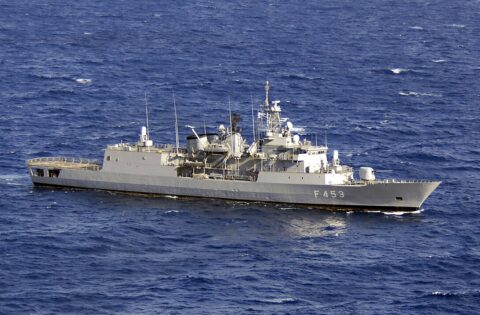
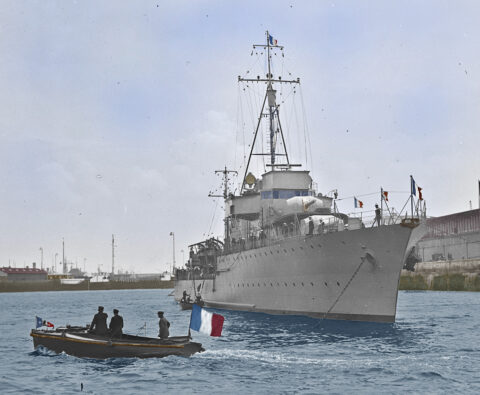
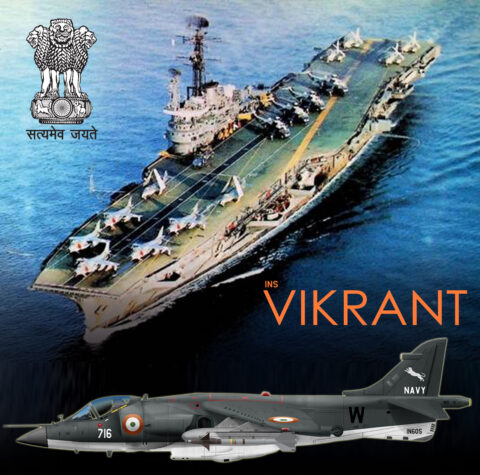
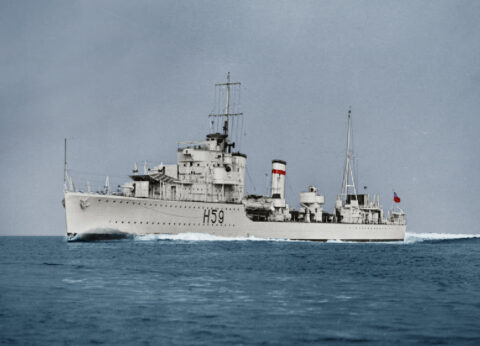
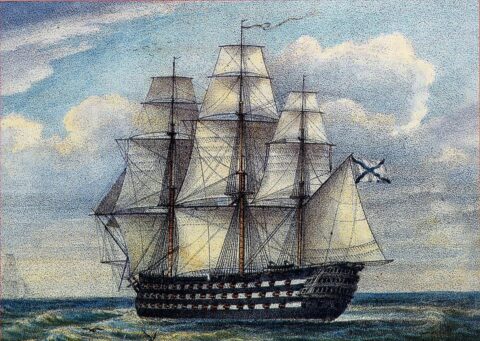
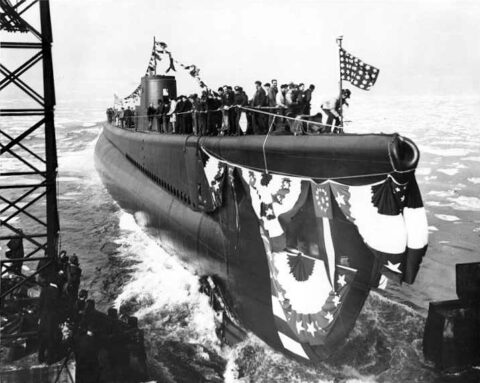
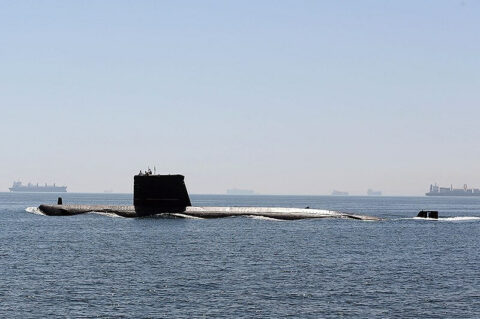
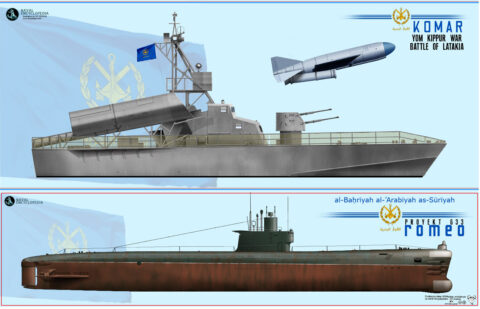
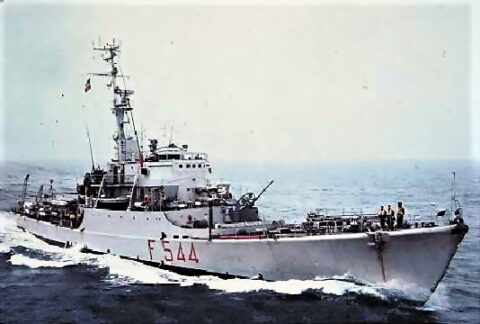
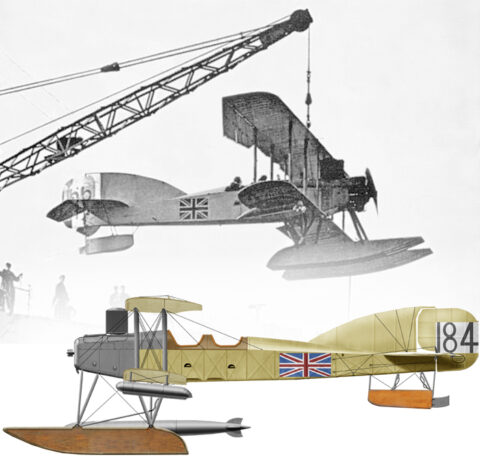
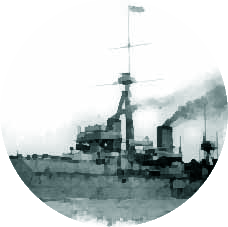
 Tech
Tech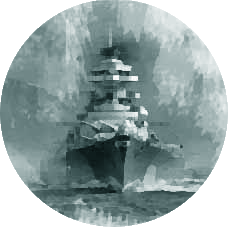
 Battles
Battles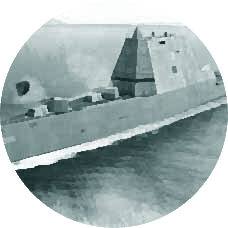
 Medias
Medias


 dbodesign
dbodesign